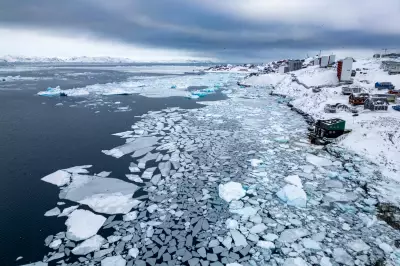
Newly released aerial footage has laid bare the catastrophic damage inflicted upon Jamaica's coastline by Hurricane Melissa, revealing a landscape transformed from tropical paradise to devastation in mere hours.
A Town Transformed
The compelling video evidence shows once-vibrant communities now submerged under floodwaters, with buildings stripped to their foundations and lush vegetation reduced to skeletal remains. The comparison footage provides a heartbreaking visual narrative of the storm's destructive power.
Before the storm, the Jamaican town appeared as a picture-perfect Caribbean settlement - colourful buildings nestled among palm trees, pristine beaches, and orderly streets bustling with local life.
After Melissa's passage, the same locations show widespread flooding, collapsed structures, and debris-choked waterways. Roofs lie scattered like discarded toys, while the turquoise waters that once attracted tourists now conceal the wreckage beneath their surface.
The Human Cost
While the aerial perspective captures the scale of physical destruction, it hints at the profound human tragedy unfolding below. Homes that sheltered generations of families now stand open to the elements, their contents spilled across the landscape by Melissa's fury.
Emergency services continue their desperate search for survivors amid the rubble, though the extensive damage has hampered relief efforts across affected regions.
Climate Context
Hurricane Melissa represents another powerful storm in what meteorologists are calling an increasingly active Atlantic hurricane season. Scientists point to warming ocean temperatures as a contributing factor to the intensity of recent hurricanes affecting Caribbean nations.
The devastation in Jamaica serves as a stark reminder of the vulnerability of island nations to extreme weather events, raising urgent questions about climate resilience and disaster preparedness in the region.





